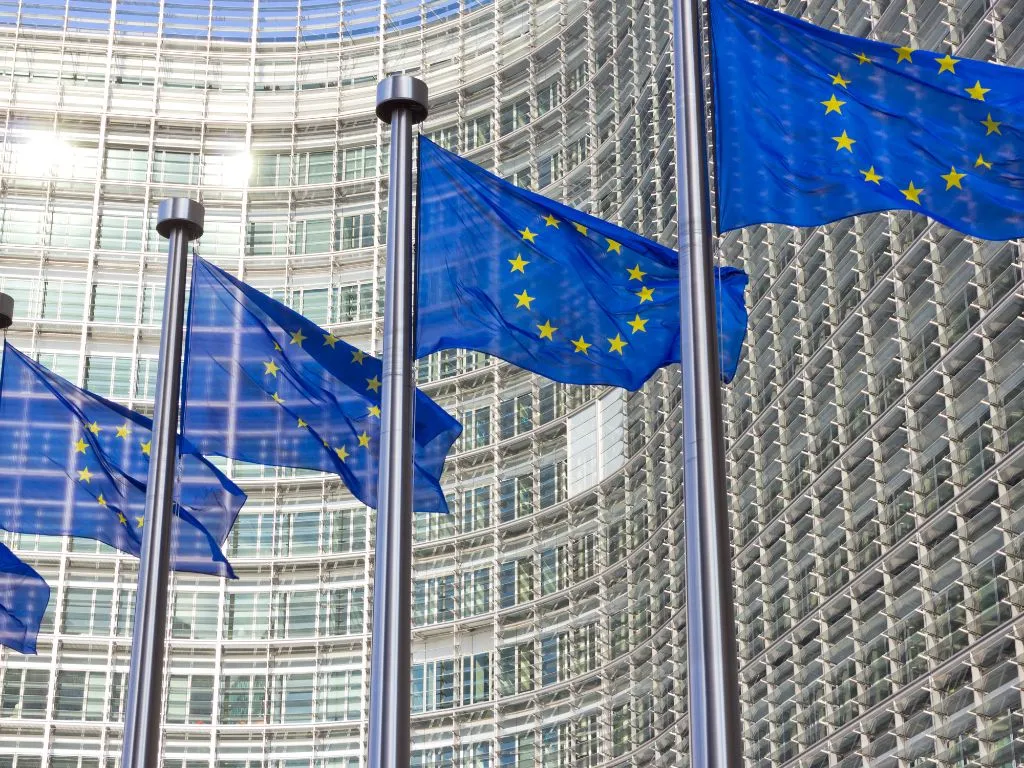- Home
- News Details
News Details

EU Tightens PFOS Limits under POPs Regulation
2025-04-28 Reference source : European Commission
Stockholm Convention Compliance Persistent Organic Pollutants POPs EU POPs Regulation Regulation EU 2019/1021 PFOS Regulation PFOS UTC Limits Unintentional Trace Contaminants UTC
On 14 April 2025, the European Commission adopted a Delegated Regulation amending the Persistent Organic Pollutants (POPs) Regulation (Regulation (EU) 2019/1021). The amendment introduces stricter control measures for perfluorooctane sulfonic acid (PFOS) and its derivatives, with the aim of better protecting human health and the environment.
Updated PFOS Terminology
To align with the terminology already used for perfluorooctanoic acid (PFOA), the PFOS entry in Annex I of the POPs Regulation has been updated. PFOS will now be referred to as "perfluorooctane sulfonic acid (PFOS), its salts and PFOS-related compounds," ensuring consistency across the POPs Regulation.
New UTC Limit Values for PFOS
The Commission has significantly tightened the unintentional trace contaminant (UTC) limits for PFOS:
-
The limit for PFOS and its salts is reduced to 0.025 mg/kg.
-
The limit for PFOS-related compounds is set at 1 mg/kg.
These new thresholds align with those already established for PFOA, reflecting the technical feasibility of achieving lower contamination levels today than to when PFOS was first regulated.
Removal of Specific Exemption for Hard-Chromium Plating
The specific exemption allowing the use of PFOS as a mist suppressant for non-decorative hard chromium (VI) plating has been deleted. Investigations at Member State level confirmed that PFOS is no longer necessary for this purpose as the industry has transitioned to alternative substances.
Transitional Period for Compliance
To allow sufficient time for adjustment the new UTC limits for PFOS will apply from 3 December 2025. Other changes, including the revised terminology and the removal of the exemption, will apply 20 days after the publication of the Regulation in the Official Journal of the European Union.
Background and Alignment with International Obligations
The amendment is part of the EU’s continued effort to meet its obligations under the Stockholm Convention on Persistent Organic Pollutants and the Protocol to the 1979 Convention on Long-Range Transboundary Air Pollution. It also contributes to the EU’s broader strategy of phasing out persistent organic pollutants and minimizing environmental and health risks.
We acknowledge that the above information has been compiled from European Commission.
Global Product Compliance (GPC) specializes in Global Regulatory Compliance Solutions across sectors
globally. SSS Europe, a familiar name in chemical regulatory and compliance services now formally belongs
under the umbrella of GPC Holding Sweden.
Since 2008, we have emerged as one of the leading names among Global Regulatory Compliance Service
Providers with Representation services in Europe, Asia and Middle East for respective chemical
regulations.

 Twitter
Twitter
